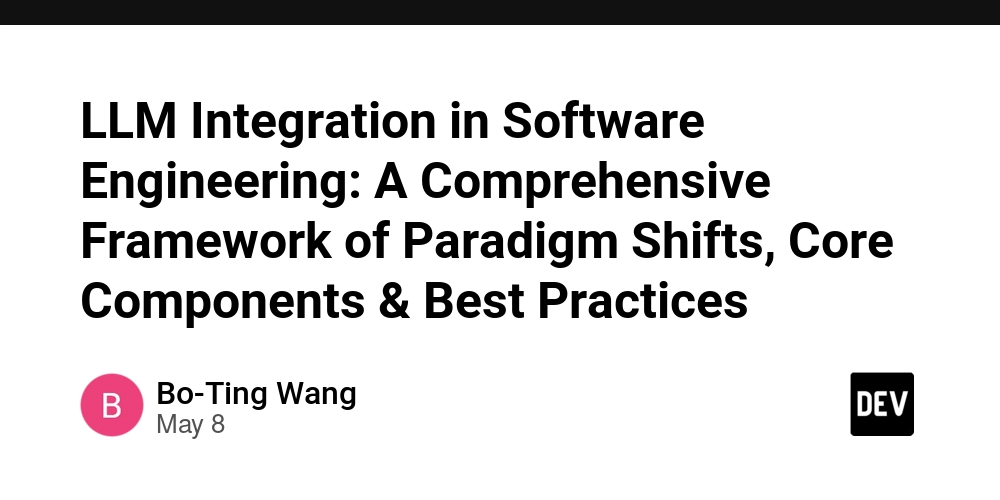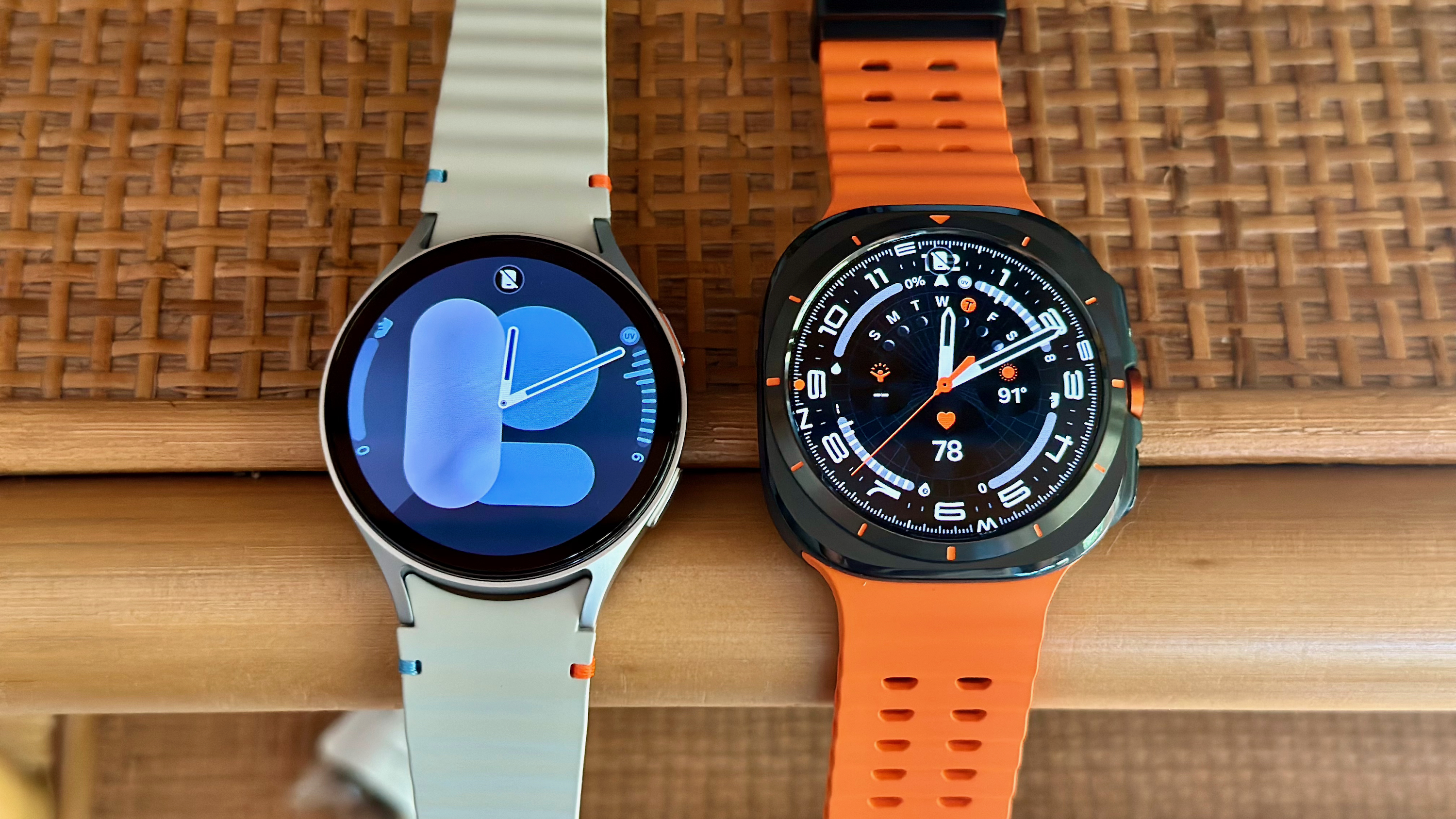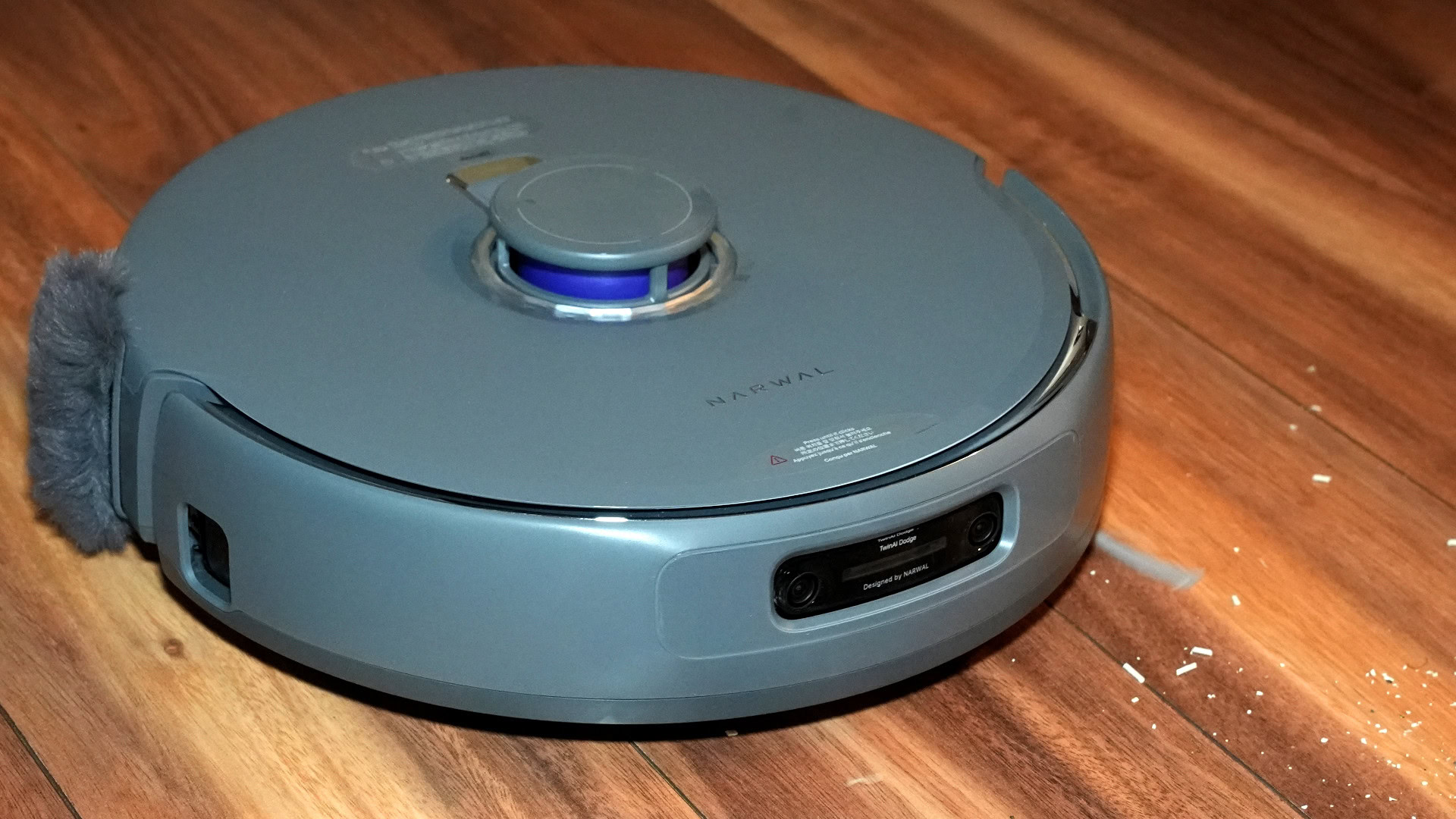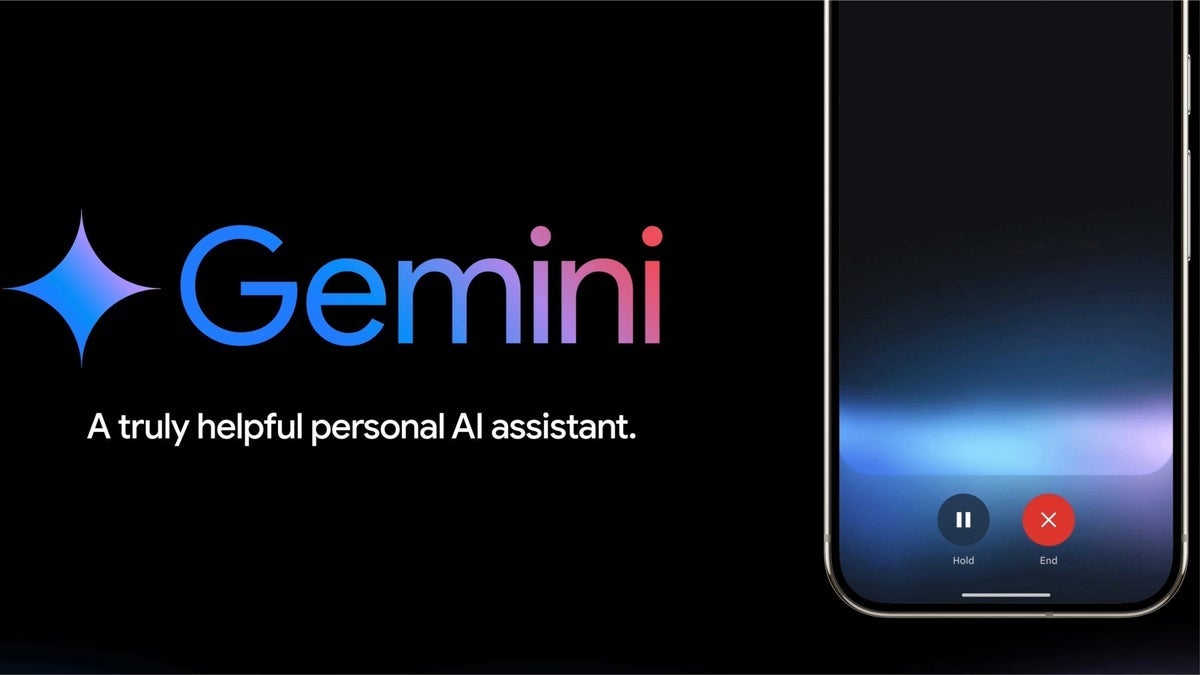Here’s Why You’re Probably Taking the Wrong Approach to Integration
Let’s talk about something few developers admit out loud: we're still doing integration wrong. Sure, we’ve moved beyond FTP dumps and cron jobs—hopefully. But even now, in 2025, it’s shocking how often integration is an afterthought. We default to old habits: point-to-point connections, fragile middleware setups, and hand-rolled glue code. It feels productive… until everything breaks. If you’ve ever untangled a mess of connectors, patched together five tools to talk to each other, or babysat a brittle pipeline at 2 a.m.—you know what I mean. The Problem Isn’t That We Don’t Care—It’s That We Start in the Wrong Place Integration usually begins with one request: "We just need to connect System A to System B." So we wire it up. Then System C comes in. Then D. And suddenly we’re dealing with something that resembles a bowl of spaghetti more than software architecture. And worse—once it “works,” no one wants to touch it. The real problem? We’re thinking about integration as a quick task, not a long-term design decision. The mindset needs to change. Point-to-Point: Fast and Fatal Yes, hardcoding an API call might get things working today. But when you do that for every new connection, you build a tightly coupled monster. Reusability is zero. Visibility is poor. Every change becomes risky. What starts as a "quick win" turns into a maintenance nightmare. Middleware to the Rescue? Not Always Don’t get me wrong—middleware has its place. But it’s often misused. I've seen teams hide logic in middleware so obscure, even the architect can't tell you what it's doing three months later. Middleware should simplify, not obscure. And Then There’s the Silo Effect Integration is supposed to unify your systems—but too often, it reinforces silos. Apps hold onto their data like dragons hoarding gold, and unless you've got clean APIs, you're stuck writing glue code just to get a customer record from one system to another. That’s not a modern stack. That’s technical debt in disguise. A Better Way: API-First Integration This is where the shift happens. API-first integration isn’t a buzzword—it’s the difference between sustainable architecture and tech debt. At Lonti, we learned this the hard way. That’s why we built Martini: a low-code platform built from the ground up to treat APIs as the foundation of your integration strategy. With Martini, you're not just consuming APIs—you’re designing, orchestrating, automating, and exposing them, all in one place. It gives you the speed of low-code without locking you into a no-code walled garden. Visual workflows? Check. Custom scripting when needed? Absolutely. Reusable services and API orchestration? Built in. It’s what low-code should be—flexible enough for pros, fast enough for real deadlines. And when you pair it with Negroni for structured data models, and Bellini to build front-end applications powered by those APIs, you get an ecosystem that actually works together. No more duct tape. Final Thought: Integration Isn’t a One-Off Task—It’s an Architecture Decision If you're building integrations by wiring things together ad hoc, you’re building tech debt by default. Next time someone says, "Just connect System A and B," ask yourself: how will this evolve? Because the real world doesn’t stand still. Systems change. APIs update. Business logic shifts. And your integration approach should be ready to flex with it. With the right mindset—and the right tools—you don’t have to rewrite your stack every time your business changes. Original source: Here’s Why You’re Probably Taking the Wrong Approach to Integration

Let’s talk about something few developers admit out loud: we're still doing integration wrong.
Sure, we’ve moved beyond FTP dumps and cron jobs—hopefully. But even now, in 2025, it’s shocking how often integration is an afterthought. We default to old habits: point-to-point connections, fragile middleware setups, and hand-rolled glue code. It feels productive… until everything breaks.
If you’ve ever untangled a mess of connectors, patched together five tools to talk to each other, or babysat a brittle pipeline at 2 a.m.—you know what I mean.
The Problem Isn’t That We Don’t Care—It’s That We Start in the Wrong Place
Integration usually begins with one request: "We just need to connect System A to System B." So we wire it up. Then System C comes in. Then D. And suddenly we’re dealing with something that resembles a bowl of spaghetti more than software architecture.
And worse—once it “works,” no one wants to touch it.
The real problem? We’re thinking about integration as a quick task, not a long-term design decision. The mindset needs to change.
Point-to-Point: Fast and Fatal
Yes, hardcoding an API call might get things working today. But when you do that for every new connection, you build a tightly coupled monster. Reusability is zero. Visibility is poor. Every change becomes risky.
What starts as a "quick win" turns into a maintenance nightmare.
Middleware to the Rescue? Not Always
Don’t get me wrong—middleware has its place. But it’s often misused. I've seen teams hide logic in middleware so obscure, even the architect can't tell you what it's doing three months later.
Middleware should simplify, not obscure.
And Then There’s the Silo Effect
Integration is supposed to unify your systems—but too often, it reinforces silos. Apps hold onto their data like dragons hoarding gold, and unless you've got clean APIs, you're stuck writing glue code just to get a customer record from one system to another.
That’s not a modern stack. That’s technical debt in disguise.
A Better Way: API-First Integration
This is where the shift happens. API-first integration isn’t a buzzword—it’s the difference between sustainable architecture and tech debt.
At Lonti, we learned this the hard way. That’s why we built Martini: a low-code platform built from the ground up to treat APIs as the foundation of your integration strategy.
With Martini, you're not just consuming APIs—you’re designing, orchestrating, automating, and exposing them, all in one place. It gives you the speed of low-code without locking you into a no-code walled garden.
Visual workflows? Check.
Custom scripting when needed? Absolutely.
Reusable services and API orchestration? Built in.
It’s what low-code should be—flexible enough for pros, fast enough for real deadlines.
And when you pair it with Negroni for structured data models, and Bellini to build front-end applications powered by those APIs, you get an ecosystem that actually works together. No more duct tape.
Final Thought: Integration Isn’t a One-Off Task—It’s an Architecture Decision
If you're building integrations by wiring things together ad hoc, you’re building tech debt by default.
Next time someone says, "Just connect System A and B," ask yourself: how will this evolve?
Because the real world doesn’t stand still. Systems change. APIs update. Business logic shifts. And your integration approach should be ready to flex with it.
With the right mindset—and the right tools—you don’t have to rewrite your stack every time your business changes.
Original source: Here’s Why You’re Probably Taking the Wrong Approach to Integration








































































































































































![[The AI Show Episode 146]: Rise of “AI-First” Companies, AI Job Disruption, GPT-4o Update Gets Rolled Back, How Big Consulting Firms Use AI, and Meta AI App](https://www.marketingaiinstitute.com/hubfs/ep%20146%20cover.png)






















































































































































































































































































































































































![Beats Studio Pro Wireless Headphones Now Just $169.95 - Save 51%! [Deal]](https://www.iclarified.com/images/news/97258/97258/97258-640.jpg)







































































































